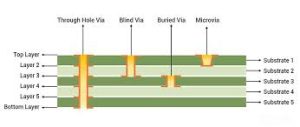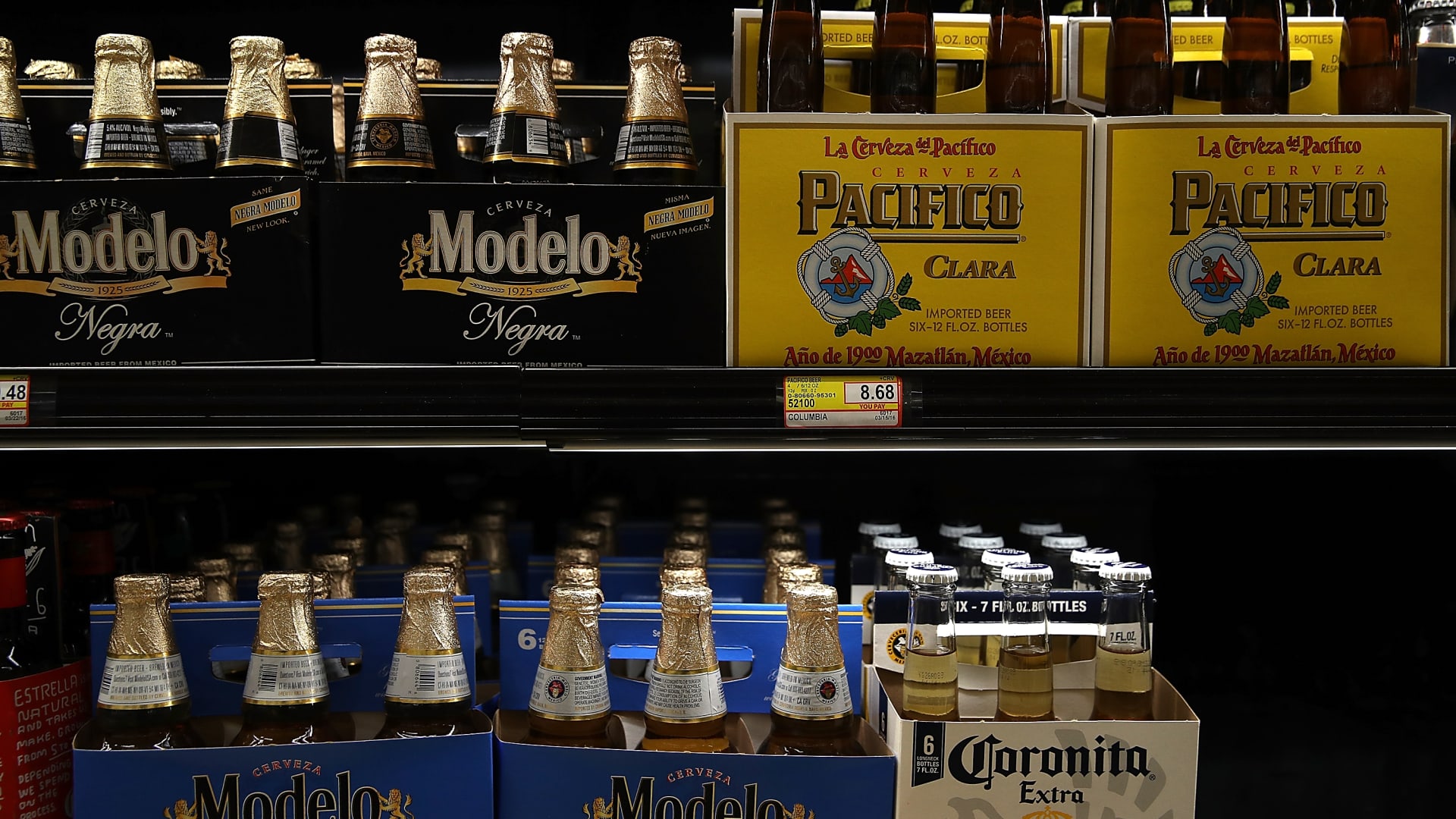Reflow Soldering Contribute to Micro Vias
Reflow soldering is one of the most critical and difficult steps in surface mount assembly (SMA). This process is used when assembling PCBs with small device pitches and a lot of vias. The process involves heating the pcb to the correct temperature, which allows the components to melt and form a joint. If this step is done incorrectly, the resulting solder joints can have serious defects such as tombstoning or head-in-pillow (HIP). This is why it is very important that the reflow oven and its associated process profile are designed and maintained by experienced engineers.
The process profile controls the reflow temperature curve throughout the duration of the soldering step. The profile must include a thermal soak step that lasts 1 to 2 minutes to ensure the temperature rise is gradual and the components reach the correct temperature for reflow in step 3. The reflow step raises the temperature of the assembly to above its melting point converting it from solid to liquid. The time that the solder is held above its melting point is also very important as it defines the ‘wetting’ between the PCB and the component and allows for the formation of a strong, durable solder joint.
After the micro via process is complete, the assembly is cooled to a controlled rate to prevent thermal shock. This cooling rate is usually between 2 and 4 degrees Celsius per second. Keeping this rate within the range recommended by the manufacturer prevents oxide formation on metal surfaces and helps to strengthen the solder joints. A slower cooling rate can lead to excess intermetallic growth which is not desirable for electronic assemblies.

How Does Reflow Soldering Contribute to Micro Vias?
As well as a controlled temperature, the reflow soldering process requires that the components are correctly placed on the board. This is achieved using a pick and place machine that has been trained to correctly read each component package, with accurate stencil design and good quality solder paste. If any of these factors are not optimal, the result is misplaced components and a higher chance of tombstoning defects.
One of the more common issues that can be caused by the reflow soldering process is the occurrence of open vias that don’t connect to the copper pad on the pcb. These open vias can wick away the solder paste in the area and leave unconnected leads. This problem can be caused by a number of issues including the size of the pads on the pcb and the placement of other components close to these pads.
Another issue that can be caused by the reflow process is the oxidation of the metal surfaces on the pcb. This is the build up of a residue called oxide that impacts a metal’s ability to conduct electricity effectively. Oxidation can be reduced by the use of nitrogen during the reflow soldering process. This removes oxygen from the surface of the pcb which reduces oxide build up and improves solder performance. However, this is an expensive process and can have other negative effects like increased tombstoning and solder wicking / drainage.









